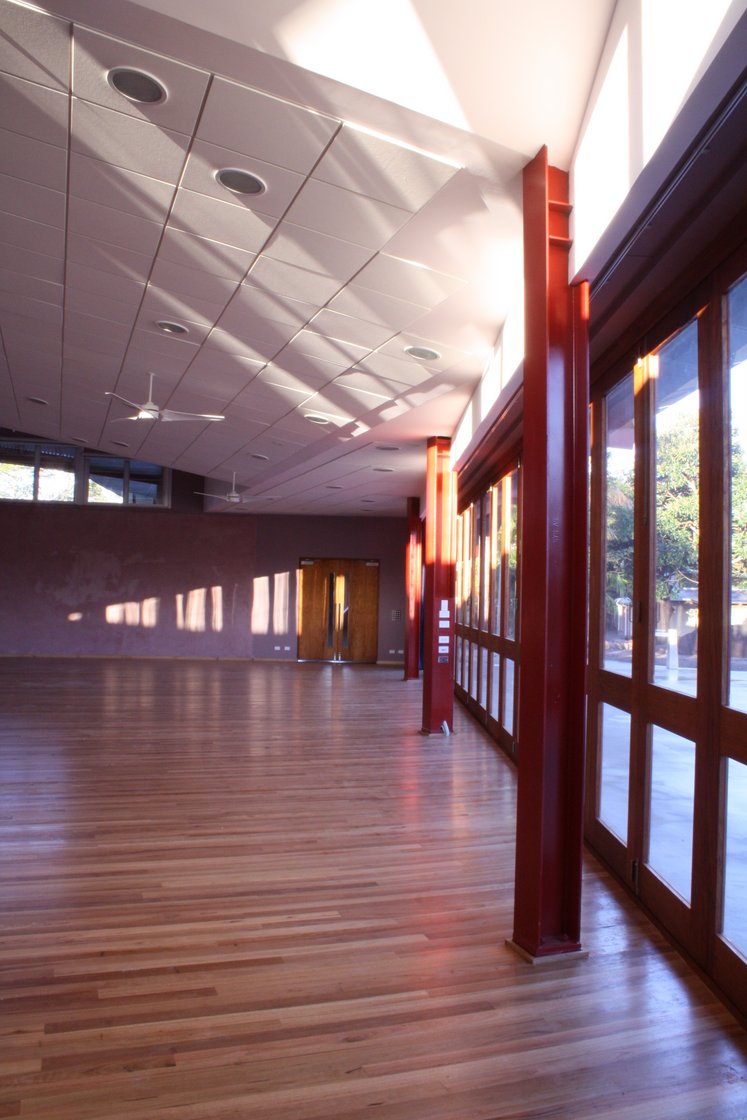WD Architects is committed to delivering design excellence in an environmentally sustainable manner. We take a holistic approach to our work by striving towards cradle-to-cradle systems and specifications, energy- and resource-efficient outcomes and by meeting each client's needs according to site, budget, climate and construction procurement method. We are committed to providing technically appropriate and cost effective solutions tailored to each client's needs. We actively advocate and promote solutions that minimise the impact of the built environment on natural environment.
We operate our policy system in accordance with AS/NZS ISO 9001-2008 requirements. Our office systems incorporate procedures, checklists and proforma designed to control and demonstrate that we provide consistent quality services to all clients.
We recognise the benefits of continuing professional development for all staff and we encourage and support knowledge seeking and sharing amongst all staff members as well as clients, consultants, suppliers and builders.
We will only undertake commissions that are compatible with our environmentally- and socially-responsible principles.
We specialise in environmentally sustainable design and are committed to delivering design excellence in the following ways:


